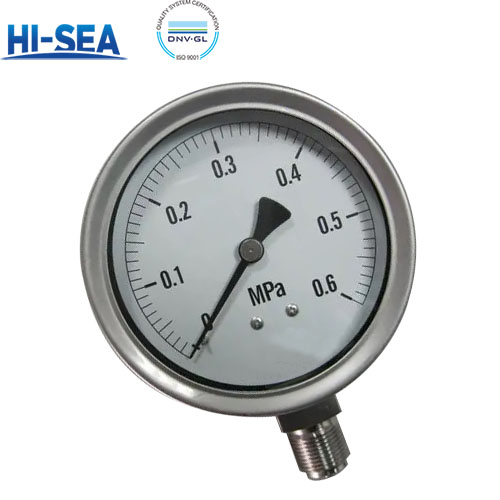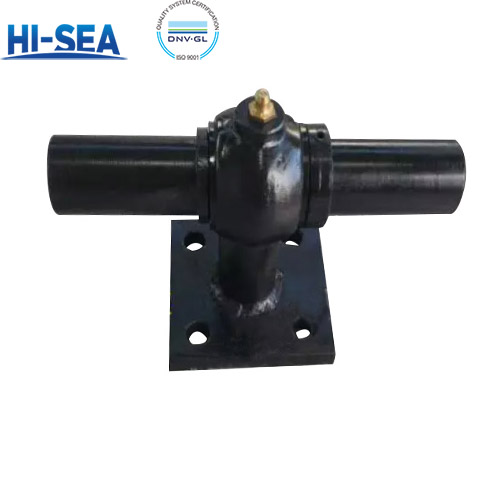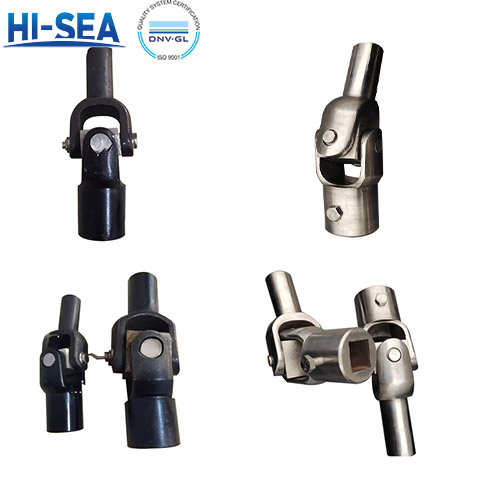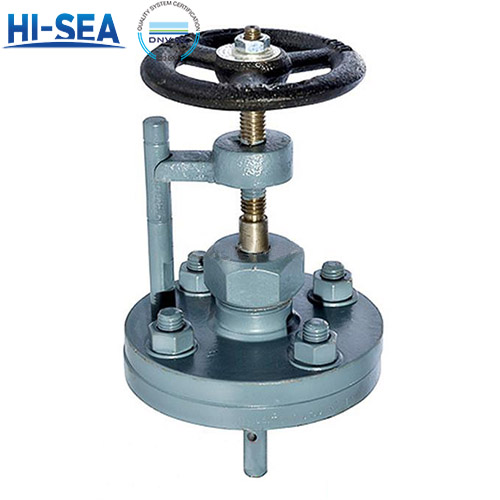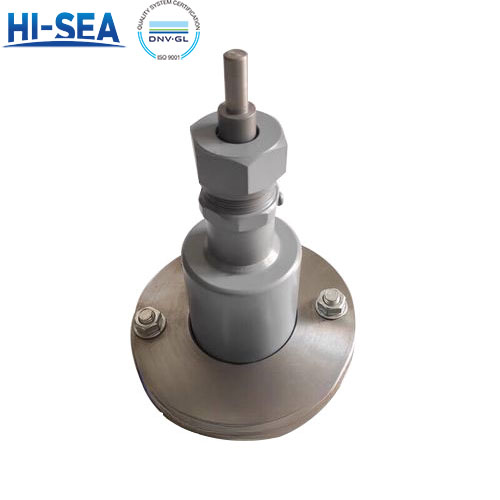
Pressure Gauge
Common Applications
• Industrial: Monitoring air compressors, hydraulic systems, pumps, and boilers.
• HVAC: Checking refrigerant pressures, water chiller systems, and airflow.
• Automotive: Tire pressure gauges, engine oil pressure, and fuel line pressure.
• Medical: Oxygen tanks, ventilators, and blood pressure monitors (aneroid type).
• Laboratory: Calibration equipment, gas cylinders, and experimental setups.
Overview
What is a Pressure Gauge?
A pressure gauge is a mechanical (or electronic) instrument designed to measure and display the pressure of a fluid (liquid or gas) in a closed system. It is a fundamental instrument used across countless industries to monitor processes, ensure safety, and maintain equipment.
How Does a Pressure Gauge Work?
The operation of a classic mechanical gauge is based on a simple yet brilliant physical principle:
1. The Bourdon Tube: At the heart of the gauge is a C-shaped, coiled, or helical tube made of a flexible metal (like brass, bronze, or stainless steel). This tube is closed at one end.
2. Pressure Application: The fluid whose pressure is being measured enters the fixed, open end of the Bourdon tube.
3. Tube Movement: As the internal pressure increases, the cross-section of the curved tube tries to become circular. This causes the tube to straighten out slightly. Conversely, when the pressure decreases, the tube curls back to its original shape.
4. Linkage and Magnification: The free end of the tube is connected via a link to a gear and sector mechanism (a "movement").
5. Needle Movement: This mechanism converts the small, linear movement of the tube tip into a large, rotary motion of a pointer (needle).
6. Display: The needle moves across a calibrated dial, indicating the pressure value.

